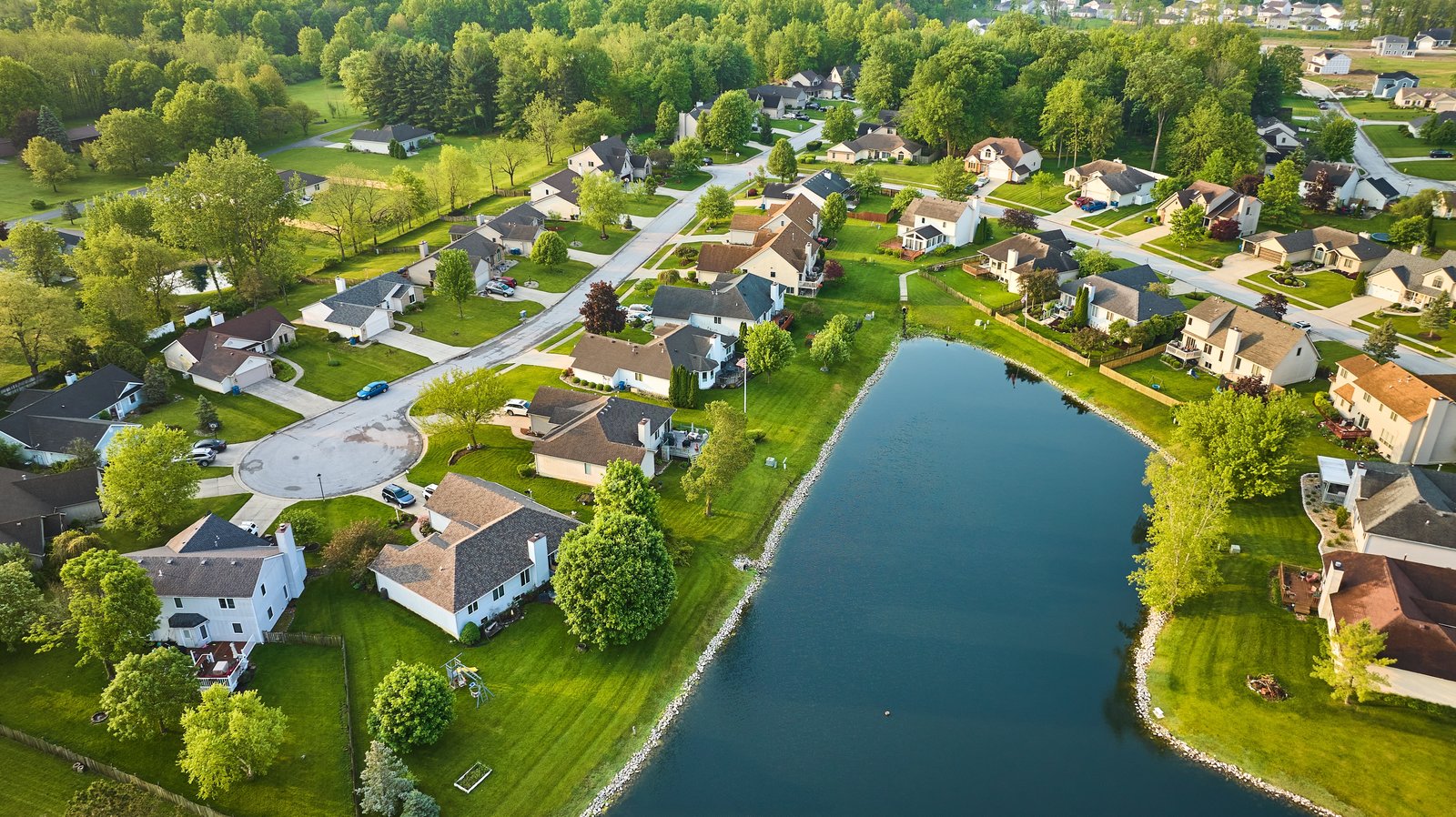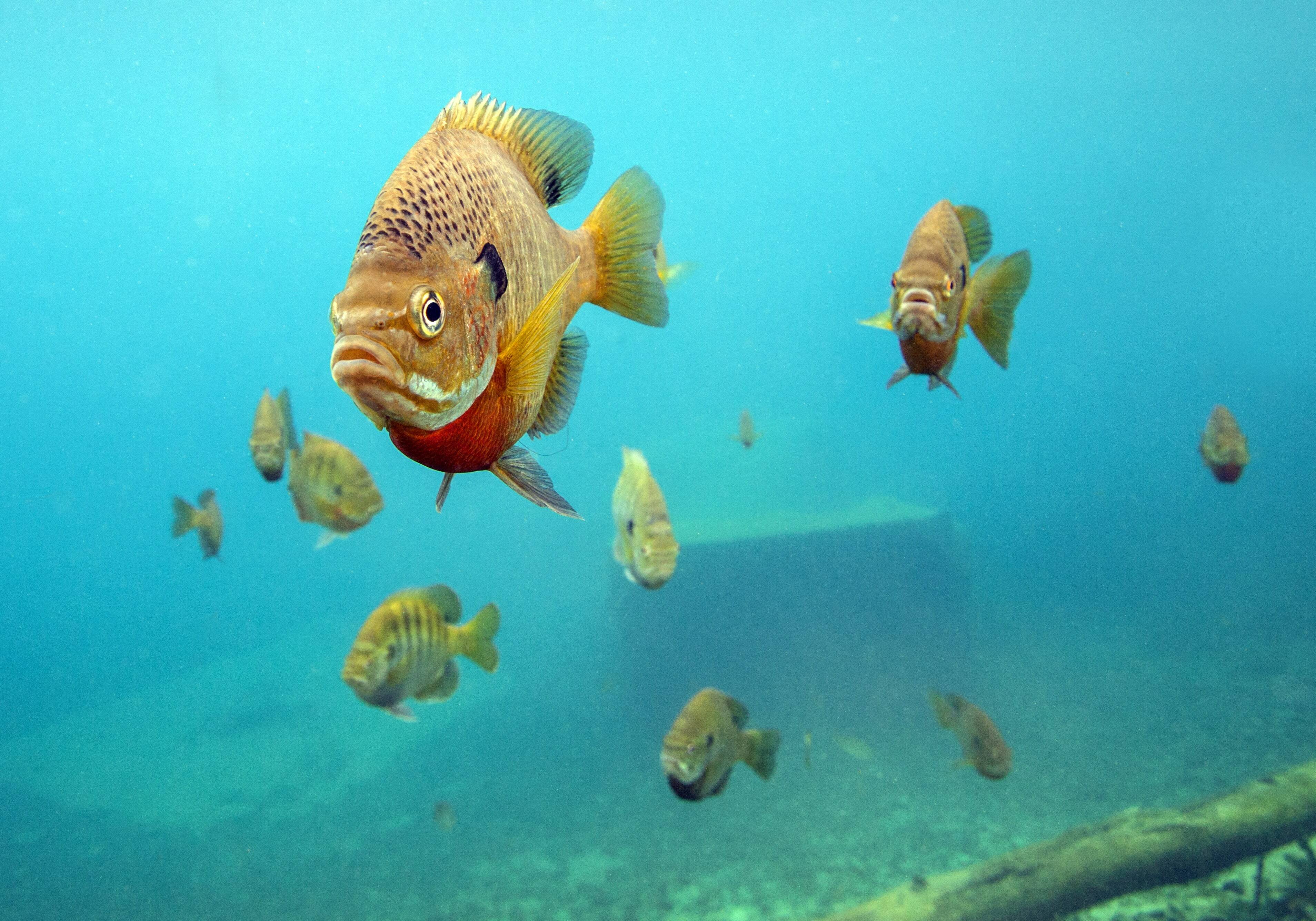HOA Pond Maintenance: Ensuring Healthy and Functional Community Waterbodies

The Importance of Proactive Pond Management for Homeowners Associations
Ponds and lakes within residential communities serve not only as aesthetic enhancements but also play crucial roles in stormwater management and ecological balance. For Homeowners Associations (HOAs) in Wisconsin and surrounding areas, understanding and implementing effective pond maintenance practices is essential to preserve these water resources and comply with local and state regulations.
Wisconsin Lake & Pond Resource, LLC offers comprehensive services to assist HOAs in maintaining their aquatic environments. This guide outlines key considerations and strategies for effective pond management.
Understanding Stormwater Ponds
Stormwater ponds are engineered systems designed to manage runoff from rainfall and snowmelt, reducing flooding risks and improving water quality. They function by temporarily holding water, allowing sediments and pollutants to settle before the water is gradually released or infiltrates into the ground.
Regular maintenance of these ponds is vital to ensure they operate effectively and remain compliant with environmental regulations. Neglected ponds can deteriorate rapidly, leading to issues such as poor water quality, structural failures, and non-compliance with permit requirements.

Key Components of Effective Pond Maintenance
1. Regular Inspections
Routine evaluations help identify potential problems early, preventing costly repairs and ensuring the pond's functionality. Inspections should focus on:
- Inlet and Outlet Structures: Check for settling, cracking, erosion, or leakage that could impair water flow.
- Shoreline Integrity: Look for signs of erosion or damage to rip-rap areas.
- Vegetation Management: Identify and control nuisance or invasive aquatic and wetland plants.
- Structural Soundness: Assess the presence of woody vegetation or bare soil areas requiring re-vegetation.
2. Aquatic Plant Management
Balanced aquatic vegetation is crucial for a healthy pond ecosystem. While native plants contribute positively, invasive species can disrupt the balance, leading to overgrowth and habitat degradation. Implementing an Integrated Pond Management (IPM) approach, which combines cultural, mechanical, and chemical strategies, can effectively control unwanted vegetation.
3. Aeration and Water Quality Enhancement
Proper aeration improves oxygen levels in the water, promoting the breakdown of organic matter and supporting aquatic life. Installing aeration systems or decorative fountains can enhance water quality and aesthetic appeal. Regular monitoring of water quality parameters, such as nutrient levels and clarity, is also essential to detect and address issues promptly.
4. Sediment and Erosion Control
Over time, sediment accumulation can reduce pond depth and storage capacity, affecting its ability to manage stormwater effectively. Implementing erosion control measures, such as establishing vegetative buffers and stabilizing shorelines, helps minimize sediment inflow. In cases of significant sediment buildup, professional sediment removal may be necessary to restore the pond's functionality.
5. Fishery Management
For ponds supporting fish populations, regular assessments are vital to maintain a balanced and healthy ecosystem. Conducting fish surveys and monitoring species composition can inform stocking decisions and habitat improvements, ensuring sustainable recreational fishing opportunities.
Compliance with Regulations
Post-construction maintenance of stormwater ponds is required to comply with local and state codes. Unmanaged ponds can lead to non-compliance, resulting in legal and financial repercussions. Partnering with professionals familiar with Wisconsin's regulatory landscape can help HOAs navigate permitting processes and implement necessary maintenance practices.
Conclusion
Proactive and informed pond management is essential for HOAs to maintain the health, functionality, and aesthetic appeal of their community waterbodies. Regular inspections, vegetation control, aeration, sediment management, and compliance with regulations are all critical components of a comprehensive maintenance plan.
Wisconsin Lake & Pond Resource, LLC provides a range of services to support HOAs in these efforts, ensuring that ponds and lakes remain valuable assets to the community.
For more information on pond management services and to schedule a consultation, contact us today.
About Wisconsin Lake & Pond Resource, A Jones Lake Management Partner
Wisconsin Lake & Pond Resource specializes in comprehensive lake and pond management solutions, including algae and aquatic weed control, aeration, hydraulic dredging, erosion control, and fisheries management. As a Jones Lake Management Partner, we serve a diverse range of clients, including HOAs, golf courses, municipalities, and private lake owners. With a commitment to science-driven strategies and environmental sustainability, Wisconsin Lake & Pond Resource helps maintain and restore aquatic ecosystems for long-term health and enjoyment.
Topics
- Aeration (3)
- Algae (2)
- Aquatic Weeds & Algae Control (13)
- Bathymetry Mapping (2)
- Company News & Updates (33)
- Erosion Control & Sediment Reduction (4)
- Fish Management (1)
- fish stocking (6)
- Fisheries Management (21)
- Fishery (2)
- Fountains & Aeration (16)
- Hydraulic Dredging (6)
- Invasive Species Management (7)
- Lake & Pond Management (47)
- Lake Management (1)
- Native Wetland Plantings (1)
- Nutrient Management (9)
- Pond Management (1)
- Seasonal Pond Management (15)
- Sediment Sampling (1)
- Stormwater & Runoff Management (5)
- Sustainability & Eco-Friendly Solutions (4)
- Water Quality (3)
- Water Quality Monitoring (2)
- Winter Care (1)
- Winter Pond care (1)
